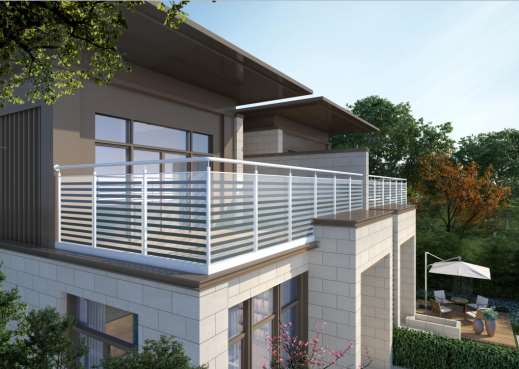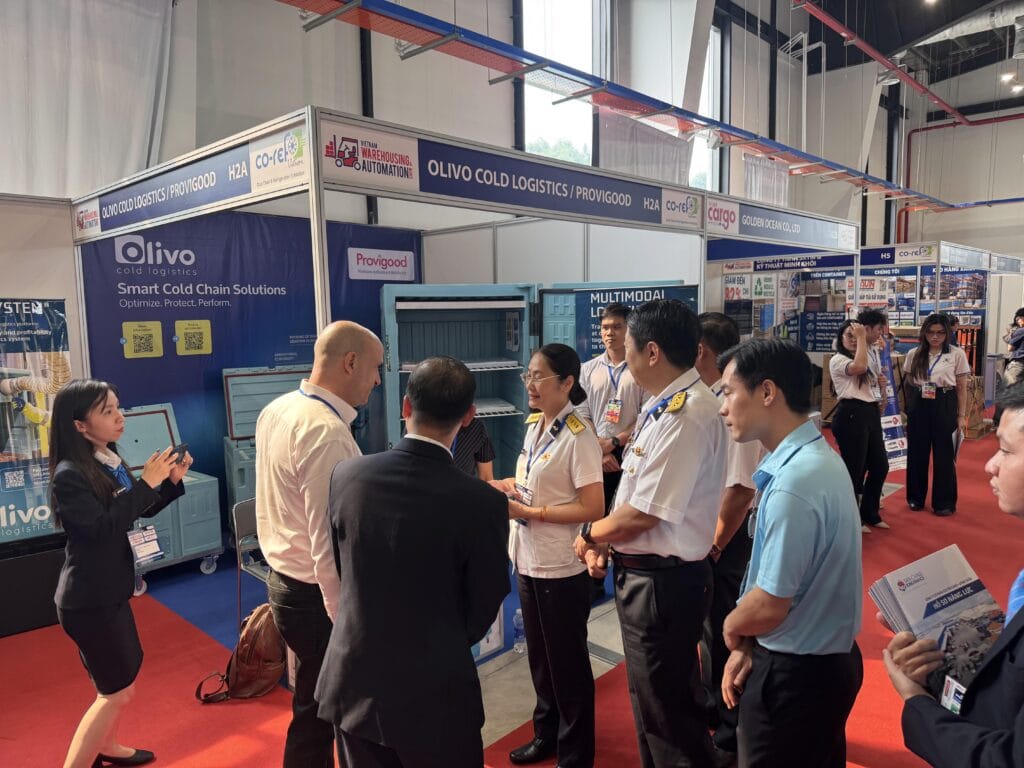BIPV For Domestic Use
BIPV Solutions by Specco2
Specco2 is excited to unveil its new product range, showcasing our dedication to fostering sustainable change and propelling the transition towards a greener future. This innovative lineup represents a significant milestone for Specco2, as we leverage our expertise and resources to develop groundbreaking technologies. Our new products are designed to revolutionize the way the world generates and utilizes clean energy. With this launch, Specco2 is confident in paving the way for a more sustainable and prosperous tomorrow, benefiting both our organization and the global community.
BIPV vs BAPV
Pros and Cons of Both Solutions
The main difference between Building-Integrated Photovoltaics (BIPV) and Building-Applied Photovoltaics (BAPV) lies in how solar technology is incorporated into a building's structure. BIPV systems are seamlessly integrated into the building's design during construction, replacing conventional materials like roof tiles or facades, and are designed to blend aesthetically with the architecture. In contrast, BAPV systems are retrofitted onto existing structures, typically mounted on rooftops or facades, and are more visible and functionally distinct from the building's design. While BIPV offers a more integrated and aesthetically pleasing solution, BAPV provides a practical and cost-effective option for adding solar capabilities to existing buildings.
Cutting Edge Technology
Residential Deployment
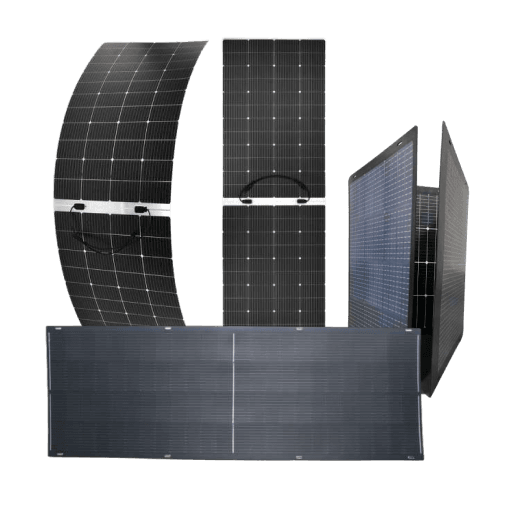
Solar Panels
Solar Flex PV Panels 340W
Solar Flex PV Panels 430W
Solar Flex PV Panels 520W
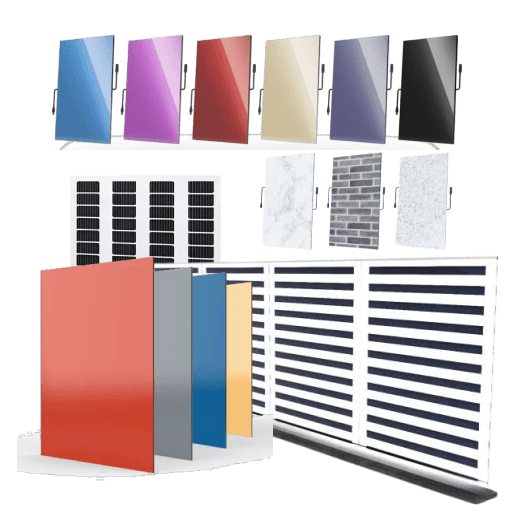
BIPV Solutions
BIPV PV For façade Transparent
BIPV PV For façade Color
BIPV For Roof (frameless) Transparent
BIPV For Roof (frameless) Black
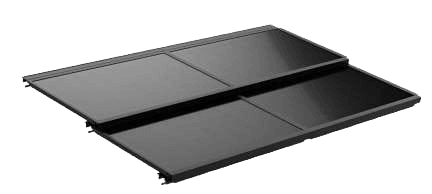
Solar Tiles
Solar Tile 75W
Introducing BIPV Solar Tiles
Tired of unsightly solar panels ruining the look of your home?
Traditional Building-Applied Photovoltaics (BAPV) can be bulky and disrupt the aesthetics of your house, making them less than ideal for residential use.
Imagine having to deal with clunky solar installations that stick out and detract from your home's curb appeal. BAPV systems can be inefficient and may require additional maintenance, causing unnecessary hassle and expense.
Experience the benefits of Building-Integrated Photovoltaics (BIPV) for your home. BIPV seamlessly integrates solar technology into your home's design, replacing traditional roofing or facade materials with photovoltaic elements. This not only generates clean energy but also maintains the beauty and integrity of your home. Enjoy a sustainable, efficient, and visually appealing energy solution that enhances your property's value and appeal.
For Domestic Use
Relying on traditional energy sources can lead to high bills and a larger carbon footprint, with solar panels often disrupting your home's appearance.With Building-Integrated Photovoltaics (BIPV), your home's roof, windows, and facades generate clean energy seamlessly, enhancing aesthetics and efficiency.BIPV integrates solar technology into your home's design, offering a sustainable and visually appealing energy solution without compromising on style.
Solar Roofs: Replace traditional roofing materials with photovoltaic tiles or shingles that generate electricity while maintaining the roof’s protective function.
Solar Facades: Incorporate photovoltaic panels into the exterior walls of homes, allowing them to generate power without occupying additional space.
Solar Windows and Skylights: Use semi-transparent photovoltaic glass for windows and skylights, enabling them to produce energy while allowing natural light to enter the home.
Balcony and Terrace Railings: Integrate photovoltaic panels into railings and balustrades, providing both safety and energy generation.
Carports and Pergolas: Install photovoltaic panels on carports or pergolas, offering shaded areas while producing electricity.
Greenhouses and Sunrooms: Equip greenhouses or sunrooms with photovoltaic glass to generate power while supporting plant growth or providing a comfortable living space.
Building Entrances and Canopies: Use photovoltaic materials in entrance canopies or awnings to generate electricity and provide shelter.
Garage Doors: Integrate photovoltaic panels into garage doors, utilizing the large surface area to produce energy.
Aesthetic Integration: BIPV systems blend seamlessly with the building’s design, maintaining or enhancing its visual appeal. Unlike traditional solar panels, BIPV components are part of the building’s structure, ensuring a more cohesive and attractive appearance.
Dual Functionality: BIPV materials serve dual purposes as both building elements (e.g., roofs, facades, windows) and energy generators. This dual functionality maximizes space efficiency and reduces the need for separate solar installations.
Energy Efficiency: By generating clean energy on-site, BIPV reduces reliance on traditional energy sources, lowering energy costs and carbon emissions. This contributes to sustainable living and environmental conservation.
Customization: BIPV systems can be customized to fit various architectural styles and building types, offering flexibility in design and application. This makes them suitable for both new constructions and retrofits.
Increased Property Value: The integration of advanced technology and sustainable features can enhance the overall value and marketability of a property, appealing to environmentally conscious buyers and tenants.
Reduced Maintenance: As BIPV components are integrated into the building structure, they often require less maintenance compared to standalone solar installations, leading to long-term cost savings.
Frequently Asked Questions
BIPV integrates solar technology into the building’s structure during construction, replacing conventional materials, while BAPV involves retrofitting solar panels onto existing structures.
BIPV systems are designed to blend seamlessly with the building’s architecture, maintaining or enhancing its visual appeal, whereas BAPV installations can appear more conspicuous and may disrupt the building’s design.
BAPV can be more cost-effective for retrofitting existing buildings, as it doesn’t require integration into the building’s design. However, BIPV may offer long-term savings by reducing energy costs and potentially increasing property value.
Yes, BIPV is suitable for residential use. Common applications include solar roofs, facades, windows, and skylights, which generate energy while maintaining the home’s aesthetic integrity.
BIPV systems, being integrated into the building structure, often require less maintenance compared to standalone BAPV installations. However, both systems need regular checks to ensure optimal performance and longevity.
Interested in our Equipments?
Get in touch.
Enhanced Aesthetics and Functionality
BIPV systems are designed to blend seamlessly with a home's architecture, maintaining or enhancing its visual appeal. Unlike traditional solar panels, which can appear bulky and disruptive, BIPV integrates into roofs, windows, and facades, providing both energy generation and structural functionality. This dual purpose makes BIPV an attractive option for homeowners who prioritize aesthetics alongside sustainability.
Our Latest News
From the Blog
Innovative Solar Solutions: High-Efficiency Panels and Customizable Color Options
Solar energy is evolving rapidly, offering not only high-efficiency solutions but also customizable designs to meet aesthetic and architectural needs. Whether you’re a homeowner, architect, or business owner, modern solar panels provide both performance and style. High-Efficiency Solar Panels: The 182 Mono Series Our 182 Mono Series Half-Cell High Efficiency PV Module is designed for […]
Revolutionizing Cold Chain Logistics: Insights from Industry Managers on OLIVO Boxes and Eutectic Plates
In the fast-evolving world of cold chain logistics, maintaining the integrity of temperature-sensitive products is crucial. A recent video offers an exclusive look into how cutting-edge technologies like OLIVO Boxes and Eutectic Plates are transforming this sector. We had the privilege of sitting down with two key figures in the industry: Frederico Germano, the Operations […]

